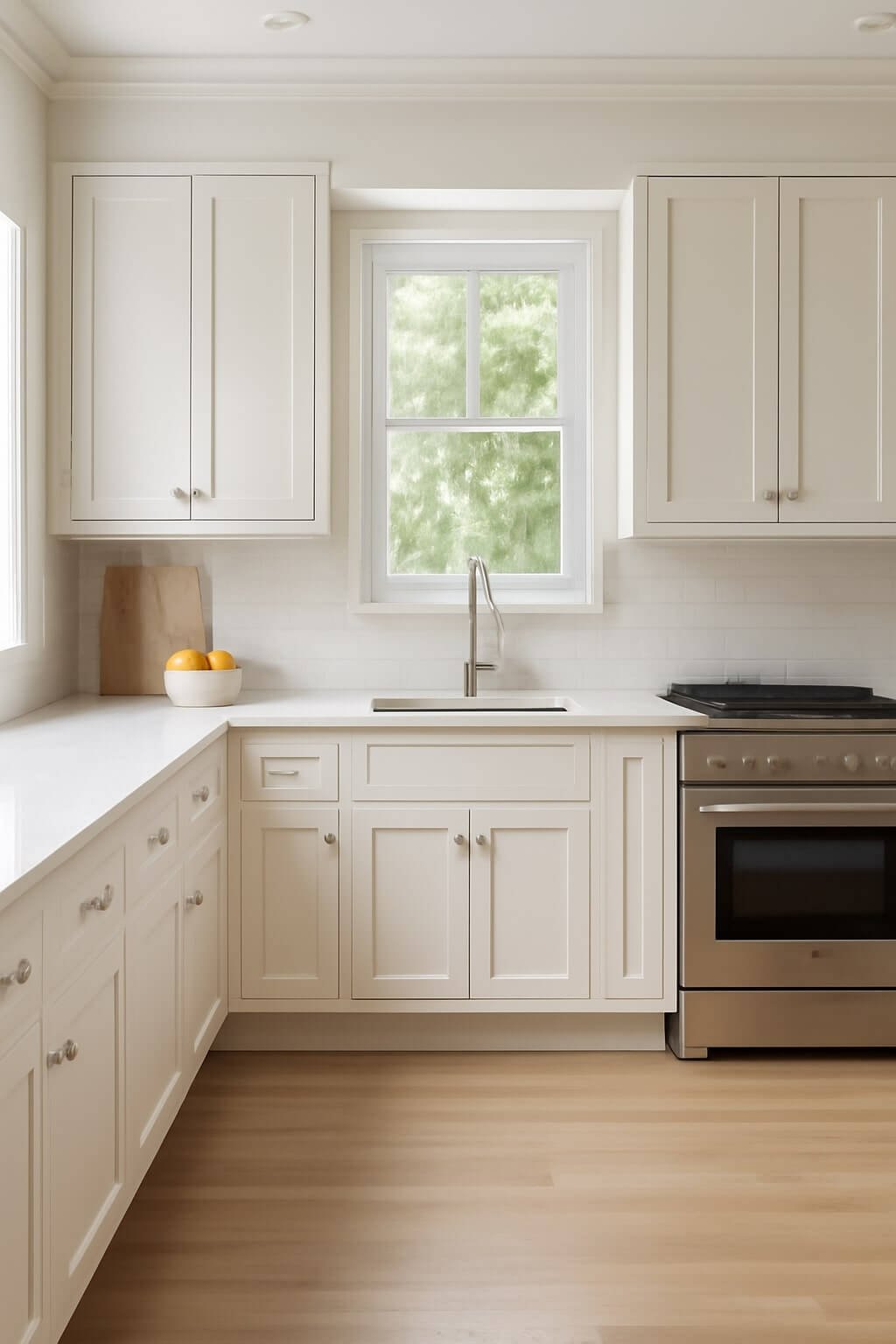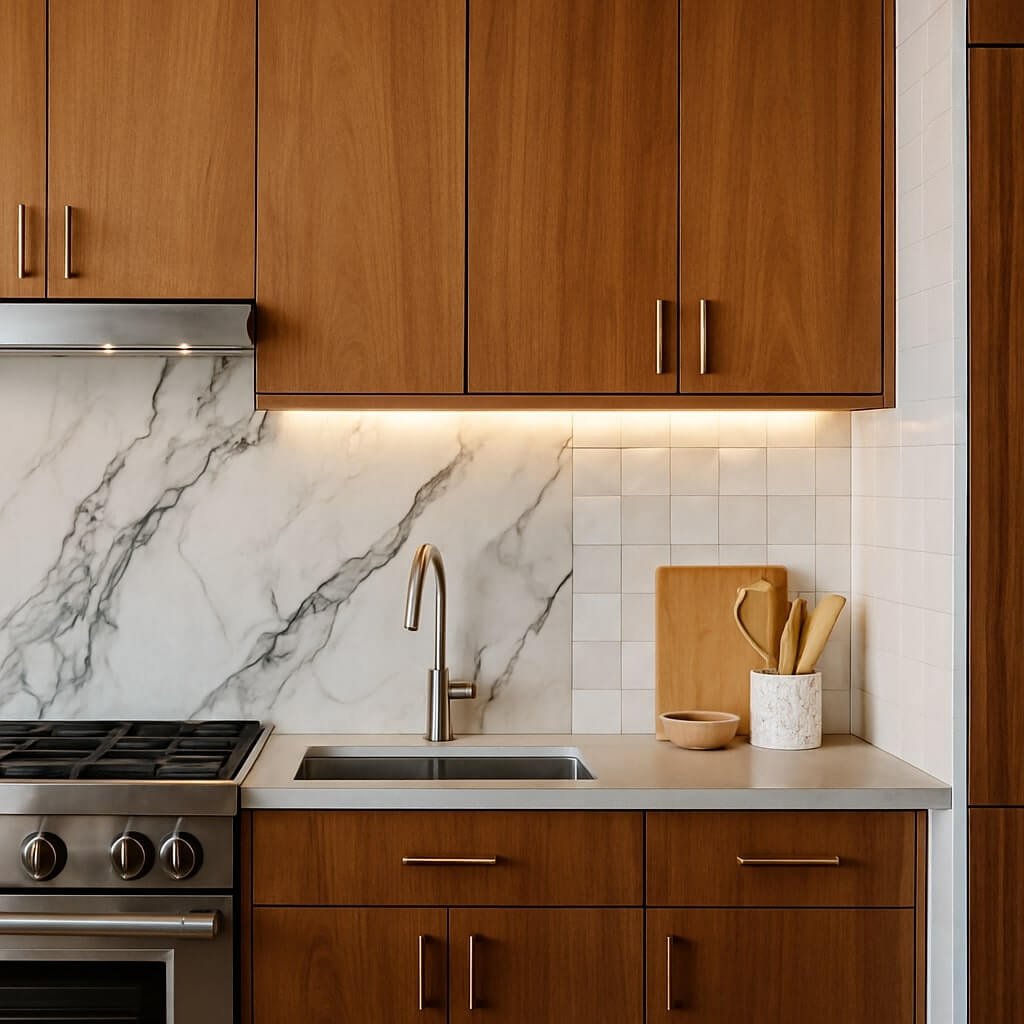When remodeling your home, staying within budget can feel like walking a tightrope. One wrong step—like underestimating costs or skipping contingency planning—can throw your finances into chaos. Whether it’s a kitchen revamp or a full home makeover, understanding the common budget mistakes and how to avoid them will keep your renovation on track and stress-free.
1. Skipping the Budget Planning Phase
The number one mistake homeowners make is jumping into remodeling without a clear, itemized budget. Without a plan, you’re likely to overspend—or worse, run out of money mid-project.
How to Avoid It:
Create a detailed budget that includes materials, labor, permits, and a contingency fund (usually 10–20% of the total budget). Use budgeting tools or hire a contractor who provides cost transparency.
2. Underestimating Hidden Costs
Many renovation budgets collapse due to unplanned expenses—mold behind walls, electrical upgrades, outdated plumbing, or structural issues are just a few.
How to Avoid It:
Get a thorough home inspection before starting your remodel. Ask your contractor about potential risks and build in financial padding to handle surprises.
3. Choosing the Lowest Bids Without Vetting
Going for the cheapest contractor might save you money short-term, but it can lead to poor workmanship and costly redos later on.
How to Avoid It:
Request at least three quotes. Don’t just compare prices—evaluate credentials, reviews, licenses, and portfolios. A mid-range, experienced contractor can often deliver better value.
4. Changing the Scope Mid-Project
It’s tempting to add extras mid-remodel (“Let’s upgrade the countertops!”), But each change order raises costs and delays timelines.
How to Avoid It:
Plan everything in detail before work begins. Stick to the original scope unless it’s necessary to change.
5. Ignoring Permit and Regulation Costs
Permits are essential, and failing to account for their cost (and time) can throw your remodel off schedule and budget.
How to Avoid It:
Consult with your contractor or local building department to understand which permits you’ll need and how much they cost. Build this into your initial budget.
6. Not Budgeting for Living Expenses During Construction
If your remodel makes part of your home unlivable, you may need temporary housing, storage, or dining out more than usual.
How to Avoid It:
Plan for alternative living costs if your kitchen, bathroom, or bedrooms will be out of service. Factor this into your financial plan from the start.
7. Ignoring Long-Term Value for Short-Term Savings
Cutting corners on quality to stay on budget can cost you more down the road in repairs and replacements.
How to Avoid It:
Prioritize durable, energy-efficient materials and systems. They may cost more upfront, but they offer better ROI and reduced maintenance.
FAQs About Remodeling on a Budget
What is a realistic remodeling contingency budget?
Experts recommend setting aside 10–20% of your total budget for unforeseen issues or changes during the remodel.
Can I remodel my kitchen for under $10,000?
Yes, but it depends on the scope. Focusing on cosmetic updates, reusing cabinets, and doing some DIY can help stay within that limit.
How do I find a reliable contractor within budget?
Ask for referrals, check online reviews, verify licensing, and interview multiple contractors. Always get a written quote and timeline.
Should I get a loan for remodeling?
If your remodel adds significant home value or involves urgent repairs, a home equity loan or personal loan can be a good option.
What are the best ways to cut remodeling costs?
Consider DIY for small tasks, reuse existing materials, shop during sales, and prioritize projects based on needs rather than wants.
Final Thoughts
Avoiding budget mistakes during your remodel comes down to planning, transparency, and discipline. By anticipating hidden costs, resisting the urge to constantly upgrade, and choosing quality over quick fixes, you can transform your space without draining your bank account.




